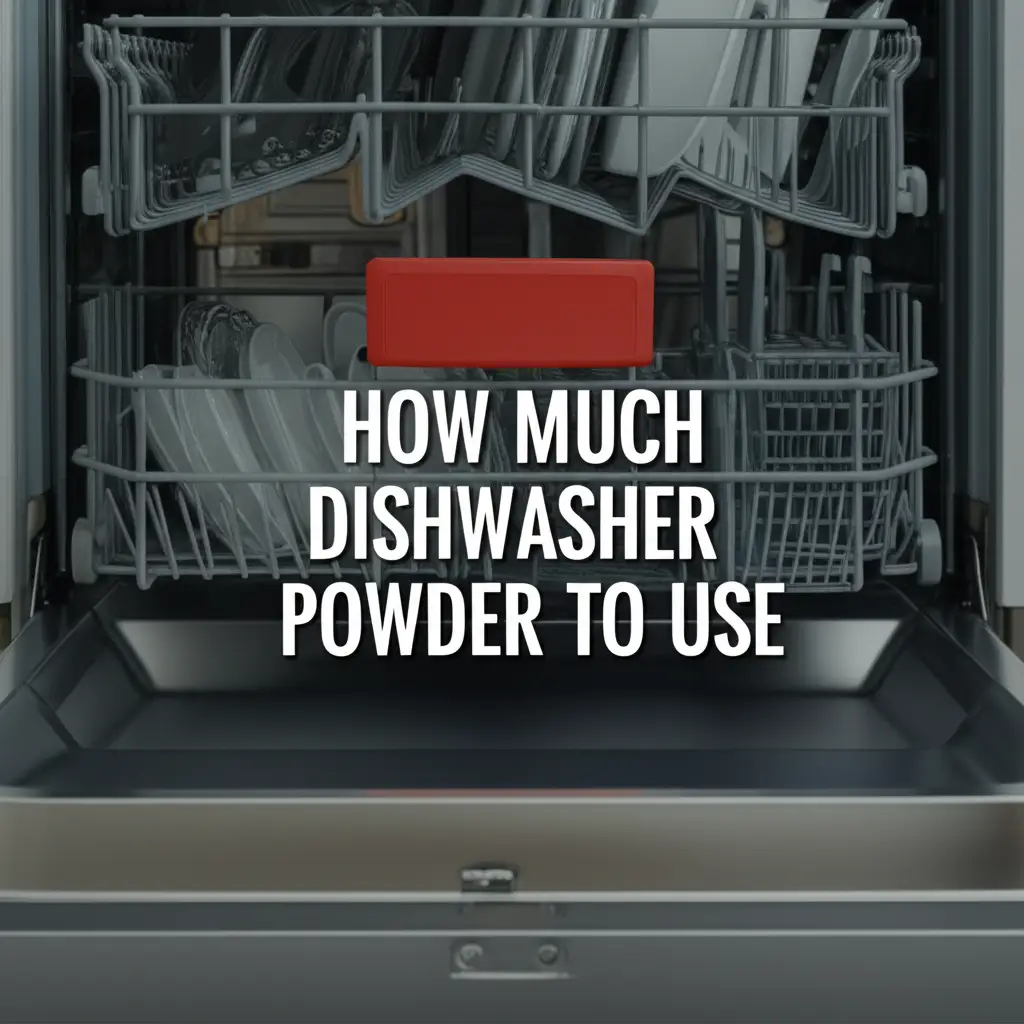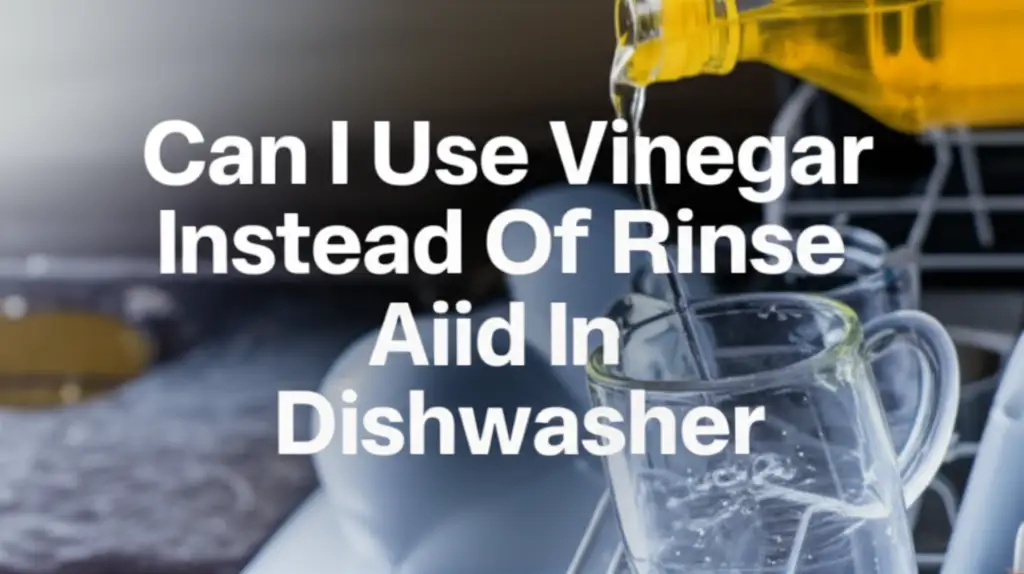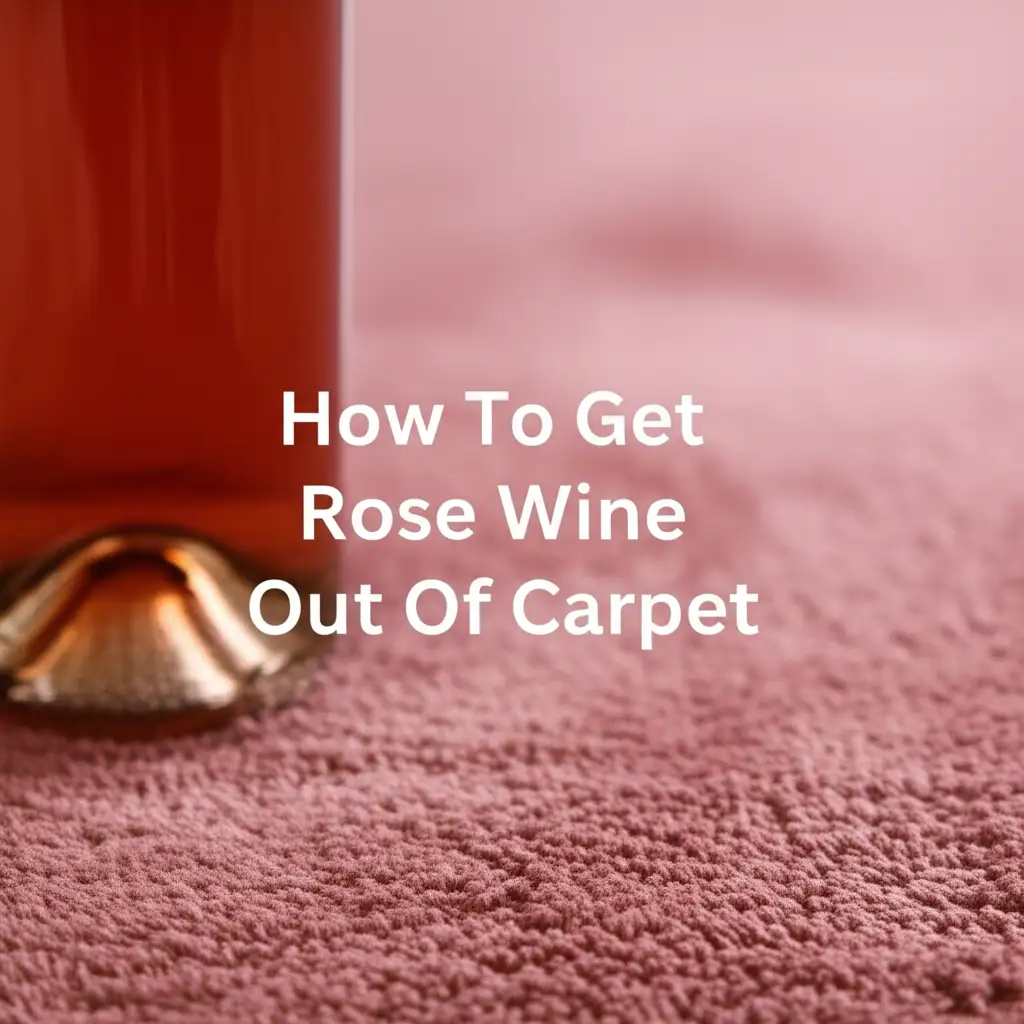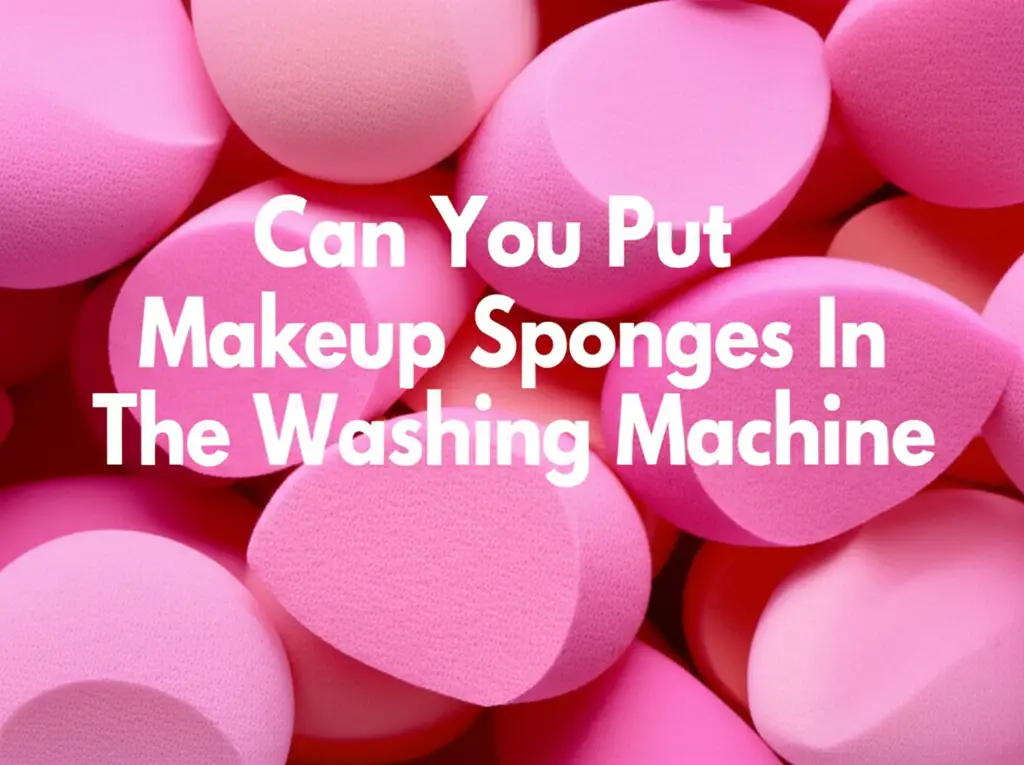· Liora Benning · Cleaning Tips · 16 min read
Can You Put Foam Letters In The Dishwasher
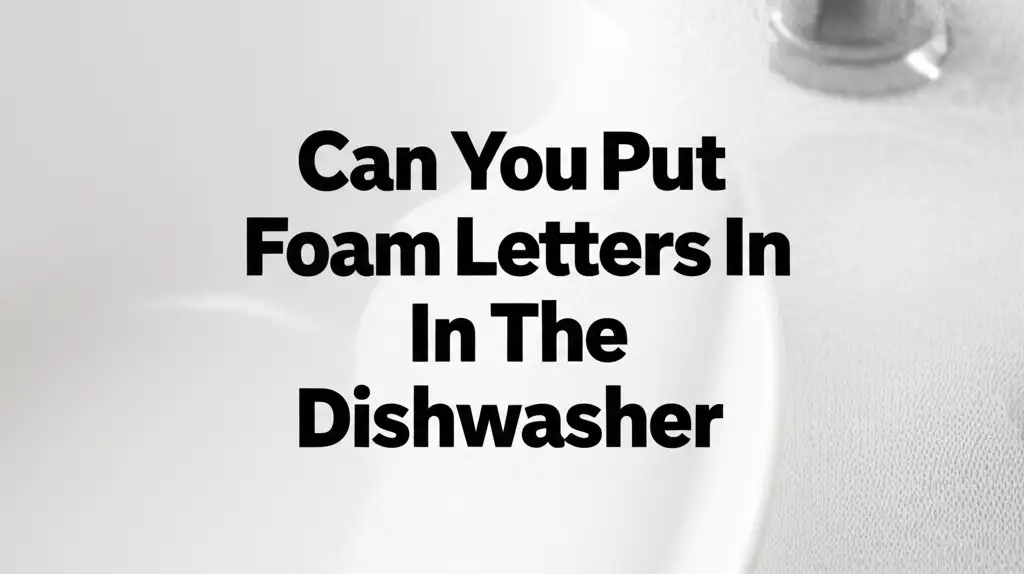
Can You Put Foam Letters In The Dishwasher?
Many parents wonder how to clean bath toys effectively. Foam letters often come to mind. These colorful letters stick to the tub and offer educational play. Keeping them clean is important for child safety. Let us explore the best ways to clean foam letters.
The question “Can you put foam letters in the dishwasher?” often comes up. Parents want easy cleaning solutions. Dishwashers offer convenience and hot water. However, not all items tolerate this environment. We will look at what happens to foam in a dishwasher. We will also provide safer cleaning methods. This guide helps you keep your children’s foam letters clean and safe for play.
Takeaway:
- Dishwashers can damage foam letters. High heat warps foam. Harsh detergents degrade it.
- Hand washing with mild soap and warm water is the safest method.
- Vinegar or bleach solutions can disinfect foam letters effectively.
- Proper air drying prevents mold growth. Store letters in a dry, well-ventilated space.
The short answer is no, you should not put foam letters in the dishwasher. High heat from the dishwasher can melt or warp the foam material. Strong detergents may break down the foam, causing damage. Hand washing is a much safer and more effective cleaning method for these items.
Understanding Foam Letter Materials and Dishwasher Risks
Foam letters are popular bath toys. They often consist of EVA foam. This material is soft and lightweight. It floats and sticks to wet surfaces. EVA foam is great for kids. However, it reacts poorly to high heat.
Dishwashers operate at high temperatures. The water gets very hot. The drying cycle also uses heat. This heat poses a risk to foam materials. Foam can shrink or change shape. It can become brittle or sticky.
The Problem with Dishwasher Heat
Dishwashers use hot water and hot air. This heat is too much for foam. EVA foam has a low melting point. It starts to deform at temperatures around 140°F (60°C). Most dishwashers exceed this temperature. The wash cycle gets hot. The sanitize cycle gets even hotter.
My experience shows that heat makes foam letters warp. They lose their original shape. This makes them unusable for play. They may not stick to the tub anymore. Hot water can also cause colors to fade. Bright letters become dull.
Harsh Dishwasher Detergents
Dishwasher detergents are strong. They clean tough food stains. These detergents contain harsh chemicals. They are designed for glass and ceramic. These chemicals can harm foam. They can break down the foam’s structure.
The foam may become crumbly. It might feel slimy. This makes the letters less safe for children. Children often put bath toys in their mouths. Chemicals from degraded foam are not safe. It is important to avoid this risk.
Why Dishwashers Are Not Ideal for Foam Letters
Putting foam letters in the dishwasher seems easy. However, it causes more problems than it solves. The dishwasher environment is simply too harsh. It combines extreme heat with strong chemicals. These factors damage foam quickly.
The high water pressure inside a dishwasher also causes issues. Water sprays with force. This can tear or stretch thin foam. Delicate parts of the letters might break off. This leaves small pieces that can be a choking hazard. For these reasons, I do not recommend using a dishwasher.
Risk of Warping and Melting
Foam letters are soft and flexible. They rely on their shape to function. High heat changes this shape. The letters can curl up. They might become flat or distorted. This makes them useless for learning games.
Think about a hot car on a summer day. Plastic items can melt. Foam letters are similar. The dishwasher acts like an oven for foam. The material cannot withstand the heat. It loses its form and structure.
Detergent Residue and Breakdown
Dishwasher detergents leave residue. This residue is meant for dishes. It is not safe for toys children handle. Foam is porous. It can absorb these chemicals. Even after rinsing, chemicals might stay.
This absorbed residue can cause skin irritation. Children have sensitive skin. If a child puts a letter in their mouth, they might ingest chemicals. This is a serious health concern. Using the right dishwasher liquid is important for all items you wash. Harsh chemicals are never good for toys.
Mold Growth and Hygiene Issues
Dishwashers do not always dry items completely. Water can stay trapped in foam. Foam is absorbent. It holds moisture. This creates a perfect environment for mold. Mold loves dark, damp places.
Mold on bath toys is a common problem. If mold grows inside the foam, you cannot clean it. The letters will smell bad. They will also look discolored. Mold spores are unhealthy. They can cause respiratory issues. It is vital to prevent mold growth on toys.
The Best Way to Clean Foam Letters: Hand Washing Methods
Hand washing is the safest and most effective method. It gives you control. You can use gentle products. You can control the water temperature. This prevents damage to the foam.
This method keeps foam letters soft and flexible. It helps them last longer. Hand washing is also simple and quick. You do not need special tools. Just a sink, water, and mild soap. I always hand wash my children’s bath toys.
Basic Hand Washing Steps
Cleaning foam letters by hand is easy. Follow these simple steps for best results:
- Gather Supplies: You need a basin or sink, warm water, and mild dish soap. Baby soap or gentle hand soap also works well.
- Soak the Letters: Put the foam letters into the basin. Fill it with warm water. Add a few drops of mild soap. Let the letters soak for about 10-15 minutes. This helps loosen dirt and grime.
- Gently Scrub: Use your fingers to gently rub each letter. Pay attention to any textured areas. You can use a soft brush, like a toothbrush, for stubborn spots. Scrub both sides of each letter.
- Rinse Thoroughly: Drain the soapy water. Rinse each letter under running warm water. Make sure all soap residue is gone. Soap left on the foam can attract dirt later.
- Air Dry Completely: Lay the letters out on a clean towel. Place them in a well-ventilated area. Make sure they dry completely. This prevents mold. You can also pat them dry with a towel.
This method is gentle. It cleans effectively. It protects the foam material. This makes the toys safe for continued play.
Using Vinegar for Cleaning
Vinegar is a natural cleaner. It helps remove soap scum. It also fights mild mold. Vinegar is safe and non-toxic. It is a good choice for toy cleaning. I often use vinegar for many cleaning tasks around the house. You can even use vinegar to clean your dishwasher.
To use vinegar:
- Create a Solution: Mix equal parts white vinegar and warm water.
- Soak: Place foam letters in this solution for 15-30 minutes.
- Rinse and Dry: Rinse thoroughly with clean water. Air dry completely.
Vinegar helps clean and deodorize. It leaves no harmful residue. This is a great alternative to harsh chemicals.
Disinfecting Foam Letters Safely and Effectively
Cleaning removes dirt. Disinfecting kills germs. Foam letters can harbor bacteria and mold. Especially if they are used in baths often. Regular disinfection is crucial. This keeps children safe and healthy.
There are safe ways to disinfect foam. You do not need harsh cleaners. Natural options work well. Always follow safety instructions for any product you use. Ensuring your bath toys are disinfected is as important as making sure your kitchen items, like a Nutribullet, are clean if they can go into the dishwasher.
Disinfecting with Bleach Solution
Bleach is a strong disinfectant. It kills germs effectively. However, use it with caution. Always dilute bleach properly. Never use it undiluted on toys. A small amount goes a long way.
To make a bleach solution:
- Mix Diluted Bleach: Add 1 tablespoon of bleach to 1 gallon of water. Use a bucket or large basin.
- Submerge Letters: Put the cleaned foam letters into the solution. Ensure they are fully submerged.
- Soak Briefly: Let them soak for about 5 minutes. Do not exceed 10 minutes.
- Rinse Heavily: Remove letters and rinse them very well. Rinse under running water for several minutes. Make sure no bleach smell remains.
- Air Dry: Lay them out to air dry completely.
Bleach can lighten colors if used too often. Use this method sparingly. Maybe once a month or every few weeks.
Hydrogen Peroxide for Disinfection
Hydrogen peroxide is another good disinfectant. It is gentler than bleach. It breaks down into water and oxygen. This leaves no harmful residue. It is a good choice for regular disinfection.
How to use hydrogen peroxide:
- Direct Application: Use a 3% hydrogen peroxide solution. This is common in drugstores.
- Spray or Soak: You can spray the letters directly. Let them sit for 5-10 minutes. Or, soak them in the solution for 15-20 minutes.
- Rinse: Rinse thoroughly with clean water.
- Dry: Air dry completely.
Hydrogen peroxide is effective against bacteria and fungi. It is safer for toys. I often use it for items my kids put in their mouths. This method helps maintain hygiene. Similar to how some musicians clean their recorders in the dishwasher, using the right method and solution is crucial for specific items.
Preventing Mold and Mildew on Foam Bath Toys
Mold and mildew are common issues with bath toys. They thrive in damp, warm environments. Foam letters are especially prone. Their porous nature absorbs water. Proper care can prevent mold growth. This keeps toys looking good and smelling fresh.
Prevention is better than cleaning mold. Once mold gets deep into foam, it is hard to remove. It might even mean throwing the toy away. Following good drying habits is key. This is a simple step that makes a big difference.
Immediate Drying After Use
The most important step is immediate drying. Do not leave foam letters soaking in the bath. As soon as bath time ends, remove them. Rinse off any soap or bath product residue. This prevents a film from forming.
Shake off excess water from each letter. Place them on a dry surface. A mesh bag or a drying rack works well. Ensure good airflow around each piece. This allows water to evaporate quickly.
Using a Mesh Toy Bag
A mesh toy bag is a great tool. It lets water drain easily. It also allows air to circulate. You can hang it on the wall of the tub. This keeps toys off the floor. It promotes faster drying.
After bath time, put the letters into the mesh bag. Hang the bag up. The water drips out. Air moves around the toys. This significantly reduces drying time. It stops mold before it starts.
Proper Storage After Drying
Once foam letters are completely dry, store them properly. Do not put them into a closed, airtight container. This traps any remaining moisture. Trapped moisture leads to mold.
Store them in a breathable container. A plastic bin with holes works. Or a toy basket. The goal is continued airflow. This keeps them dry until the next use. A dry environment prevents mold spores from growing.
Air Drying and Storing Foam Letters for Longevity
Proper drying is critical for foam letters. It prevents mold. It also extends their life. Damp conditions break down materials. They make foam degrade faster. Taking time to dry ensures they last.
Storing them correctly also helps. A good storage method protects them. It keeps them clean between uses. This means you do not have to replace them as often. I always make sure bath toys are bone dry before putting them away.
Maximizing Airflow for Faster Drying
To dry foam letters fast, maximize airflow. Spread them out. Do not stack them. Each letter needs its own space. You can use a bath mat or a clean towel. Lay them flat in a single layer.
Consider placing them near a window. A fan also helps. Air movement speeds up evaporation. Check them after a few hours. Turn them over if one side is still damp. Ensure they are completely dry to the touch. This can take several hours. Sometimes it takes overnight.
Ideal Storage Conditions
Once dry, store foam letters in a place with good ventilation. Avoid damp cupboards or dark corners. A well-lit, airy spot is best. This discourages mold growth.
- Mesh Bags: As mentioned, mesh bags hung in the bathroom are excellent. They allow continuous airflow.
- Open Bins: Use plastic bins with holes. Or baskets that are open to the air.
- Dry Locations: Store them outside the bathroom if your bathroom is always damp. A closet or playroom shelf works.
Proper storage keeps them fresh. It keeps them ready for the next bath time adventure. It helps keep them clean, just like you would want to use a dishwasher cleaner to keep your appliance clean.
When to Replace Your Foam Letters
Even with the best care, foam letters do not last forever. They are toys. They get a lot of use. Over time, wear and tear happens. Knowing when to replace them is important. This ensures continued safety and hygiene.
Regular checks are a good idea. Look for signs of damage or degradation. Replacing them at the right time is part of good toy management. Do not wait until they are falling apart.
Signs of Wear and Tear
Look for these signs indicating it is time to replace foam letters:
- Discoloration: If letters are stained or have dark spots that do not wash off. This often indicates mold that has penetrated the foam.
- Smell: A persistent musty or moldy smell. This means mold is present inside the foam.
- Texture Changes: If the foam becomes crumbly, sticky, or very brittle. This means the material is breaking down.
- Warping or Shrinking: If letters have lost their original shape. They will not stick well to the tub anymore.
- Tears or Missing Pieces: Small rips or pieces breaking off. These can be choking hazards for young children.
- Faded Colors: While not a safety issue, very faded colors make them less appealing for play.
If you see any of these signs, it is time for new foam letters.
Importance of Timely Replacement
Replacing worn-out foam letters is important for several reasons:
- Safety: Damaged foam can splinter. Small pieces can become choking hazards.
- Hygiene: Moldy foam letters are unhealthy. They can spread germs. They can cause skin irritation or respiratory issues.
- Play Value: Damaged letters do not stick well. They do not float correctly. This reduces their fun and educational value.
- Peace of Mind: Knowing your child’s toys are clean and safe brings peace of mind.
Regularly inspecting and replacing bath toys protects your child. It maintains a healthy play environment.
Alternatives to Foam Letters for Bath Time Fun
While foam letters are fun, other options exist. If you find foam letters hard to maintain, consider these alternatives. Many bath toys offer similar benefits. They might be easier to clean.
Exploring other toy materials can simplify cleaning routines. Some materials are naturally resistant to mold. Others are truly dishwasher safe. This can save you time and effort.
Different Materials for Bath Toys
Consider bath toys made from different materials:
- Hard Plastic Toys: These are usually very durable. Many hard plastic toys are dishwasher safe, like Corelle dishes. Check manufacturer instructions. They dry quickly.
- Rubber Toys (Solid): Toys made of solid rubber, without holes, are good. They do not trap water inside. This prevents mold. Always squeeze out all water after use.
- Silicone Toys: Silicone is naturally mold-resistant. It is also durable and flexible. Many silicone bath toys are dishwasher safe. They are very easy to clean and dry.
- Vinyl Toys: Similar to plastic, vinyl toys are generally easy to clean. Again, check if they have holes. Avoid toys with small holes that can trap water.
When choosing bath toys, always prioritize materials that are easy to clean and dry. Look for toys that do not have hidden crevices or openings where water can get trapped and cause mold.
Tips for Maintaining All Bath Toys
Regardless of material, these tips help keep all bath toys clean:
- Drain and Dry: Always drain all water from toys after each use. Squeeze soft toys.
- Air Dry Thoroughly: Place toys in a mesh bag or drying rack. Ensure good air circulation.
- Regular Cleaning: Hand wash toys weekly with soap and water.
- Disinfect Regularly: Use vinegar, hydrogen peroxide, or diluted bleach for disinfection. Do this every few weeks.
- Inspect Often: Check toys for signs of mold, damage, or degradation.
- Replace When Needed: Do not hesitate to replace old or damaged toys.
By following these simple steps, you can ensure your child’s bath time is fun and safe. Keeping toys clean prevents health issues and extends their lifespan.
FAQ Section
Is EVA foam safe for children?
EVA foam is generally considered safe for children. It is non-toxic. It is commonly used in toys and craft materials. However, always ensure the foam letters are clean. Prevent mold growth. Also, replace them if they start to break apart. Small pieces can be a choking hazard for young children.
How often should I clean bath foam letters?
You should rinse bath foam letters with clean water after every use. Squeeze out all excess water. Air dry them completely. A more thorough hand wash with mild soap should happen at least once a week. Disinfect them with a vinegar or diluted bleach solution every few weeks to kill germs and prevent mold.
Can I use bleach on all foam types?
Bleach is effective for disinfecting. However, always dilute it properly. Test on a small, hidden area first. Some foam types or colors might react poorly to bleach. Strong, undiluted bleach can degrade foam over time. Always rinse thoroughly after using bleach solutions to remove all residue.
What if my foam letters already have mold?
If foam letters show visible mold, especially black spots, it is often best to discard them. Mold can penetrate deep into porous foam. It is very difficult to remove completely. Trying to clean deeply embedded mold might not be effective. It might also release spores. For your child’s health, replacing moldy toys is the safest option.
How do I prevent foam letters from sticking together when drying?
To prevent foam letters from sticking, spread them out in a single layer. Do not let them touch each other while drying. Use a flat, clean surface like a towel or a drying rack. Ensure good airflow around each letter. Flipping them over halfway through drying can also help. This ensures all sides dry evenly and prevents sticking.
Are there any foam letters designed to be dishwasher safe?
Currently, most standard foam letters are not designed to be dishwasher safe. The high heat and harsh detergents typically found in dishwashers will damage them. While some manufacturers might claim certain plastics are dishwasher safe, traditional soft foam materials like EVA foam are generally not suitable for dishwasher cleaning. Always check the product’s specific care instructions.
Conclusion
We have explored the question: “Can you put foam letters in the dishwasher?” The answer is clear: it is not a good idea. Dishwashers use high heat and strong detergents. These elements damage foam letters. They can melt, warp, or degrade the material. This makes the toys unsafe and unusable.
Instead, prioritize gentle hand washing. Use mild soap and warm water. For disinfection, vinegar or diluted bleach solutions work well. Always rinse toys thoroughly. Ensure they are completely dry before storage. This prevents mold and mildew. Proper care extends the life of foam letters. It keeps them clean and safe for your child’s playtime. Choose hand washing for the best results.


